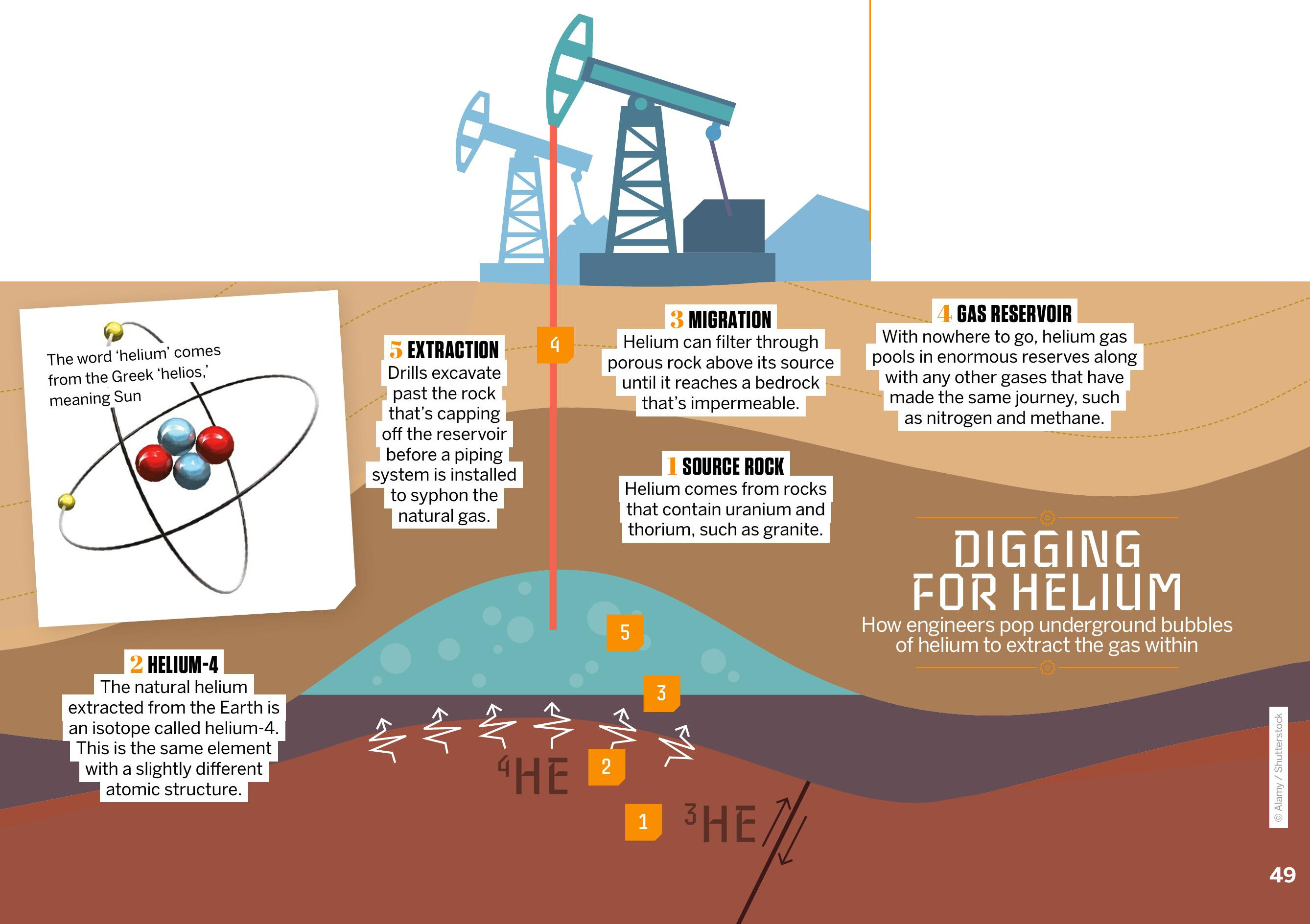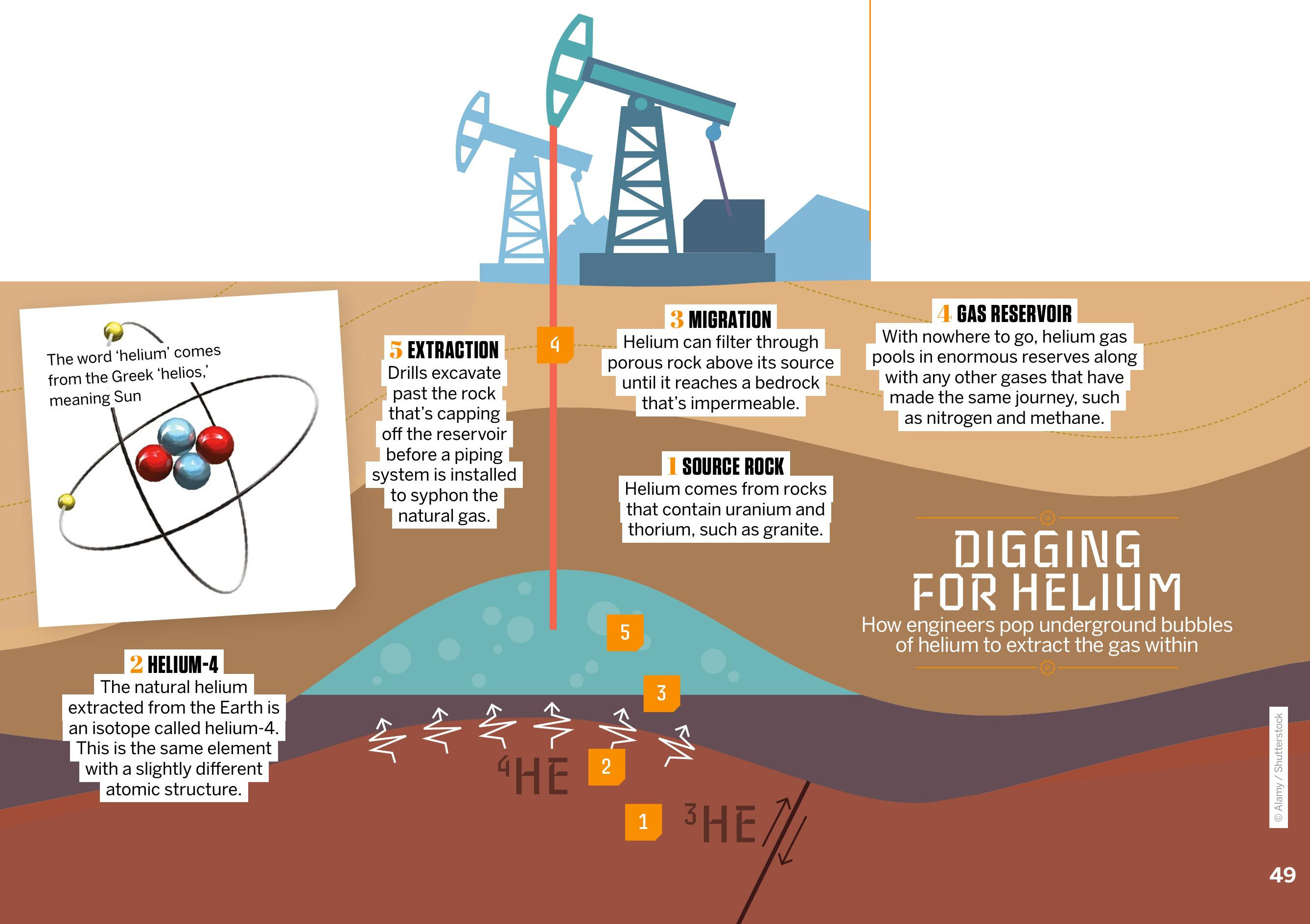So yesterday I woke up thinking, helium balloons are everywhere right? Parties, events, even that weird guy selling them downtown. But man, I realized I had no clue where helium actually comes from. Like, does someone just… make it? Dig it up? No idea. Felt kinda dumb, honestly. So I decided to figure it out myself. Figured I’d just start simple – hit up the web.

My First Stabs at Finding Out
Grabbed my laptop, opened the browser, and just typed “where helium come from” into the search bar. Easy peasy, right? Wrong. First bunch of results were super confusing. Sites talking about stars burning hydrogen and making helium deep in space. Cool stuff, I guess, but not helpful if you just wanna know how it gets into balloons here on Earth.
Got a bit frustrated. Tried typing “helium source on earth.” Better, kinda. Saw something about “natural gas reservoirs.” Wait what? Seriously? Helium comes from natural gas? That stuff we cook with? That didn’t sound right at all. My old science teacher never mentioned that.
Digging Deeper (Turns Out, Literally)
Kept scrolling through pages. Found a few sites saying the same thing: a lot of the helium we use is actually found deep underground, trapped along with natural gas when we drill for it. Apparently, when we get natural gas out of the ground, helium comes along for the ride. Who knew?
Found a slightly more helpful page that laid it out step-by-step:
- We drill down for natural gas.
- That gas coming up the pipe contains helium, but not much – like a tiny, tiny percentage of it is helium.
- After they capture the natural gas, they do this weird cold filtering thing at super low temperatures to actually separate the helium from everything else. Sounds complicated.
- The separated helium then gets purified, squished into containers, and shipped out to places making balloons, or whatever else uses it (like MRI machines, apparently!).
Felt a little skeptical. So balloons depend on us drilling for gas? That seems… fragile. Read a bit more and yep, turns out there are only a few countries where this happens in big amounts – places like the US, Qatar, Algeria. And because it’s mostly just a byproduct of getting natural gas, if we stop drilling for gas, or if the gas in that specific area doesn’t have helium… tough luck getting more helium. Not exactly something you can just whip up easily.

The Big “Oh!” Moment
It all kinda clicked then. That’s why there are warnings sometimes about helium running low! It’s not because we don’t know how to make it (though making it here is super hard and expensive). It’s mostly because we rely on it showing up when we dig for gas. If we stop finding gas fields with helium in them, or stop drilling for gas as much, poof – the helium supply dries up. Makes those party balloons suddenly seem a lot less simple!
So yeah, that was my little deep dive. Started completely clueless, ended up realizing helium balloons are basically little bits of natural gas byproduct that we’ve chilled out and cleaned up. Weird, but true. Kinda makes you appreciate that floating balloon a bit differently next time!
